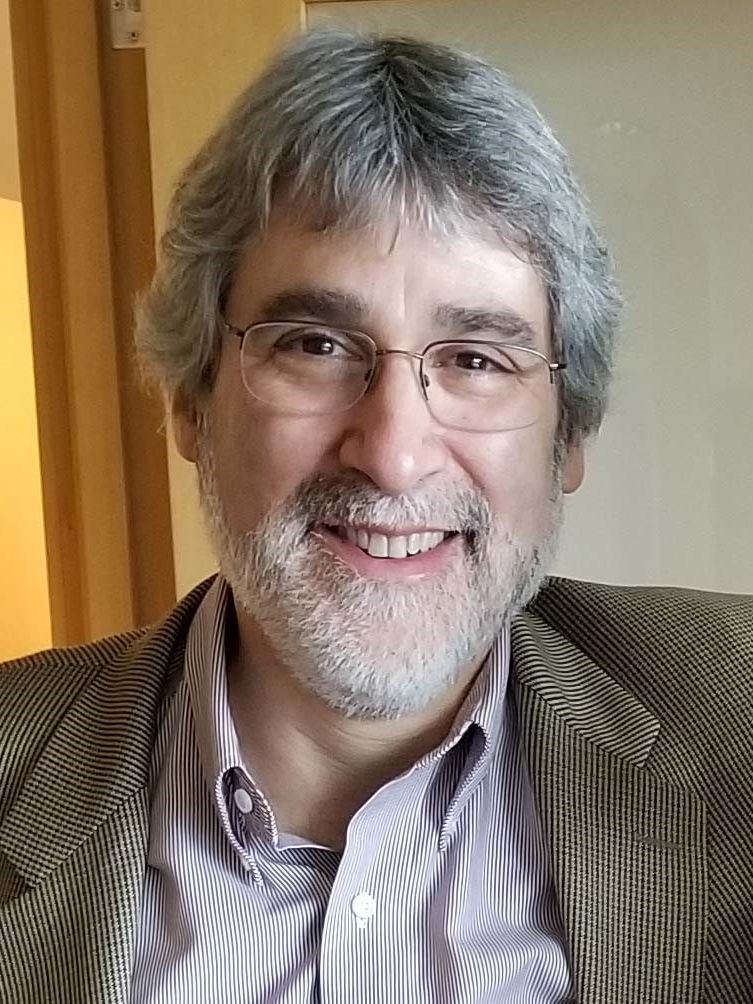Michael S. Marks
Professor
215-590-3664
marksm@pennmedicine.upenn.edu
816G Abramson Research Center
3615 Civic Center Blvd.
Philadelphia, PA 19104

Recent Publications
August 4, 2025
Reprogramming of endolysosomes for melanogenesis in BLOC-1-deficient melanocytes
Philip S Goff, Shyamal Patel, Dawn C Harper, Tom Carter, Michael S Marks, Elena V Sviderskaya - PMID: 40683250 PMCID: PMC12320751 (available on 2026-07-18) DOI: 10.1016/j.cub.2025.06.031
Article
June 6, 2025
Predicting Pancreatitis in Children With Blunt Abdominal Trauma
Matthew S Marks, Anna Liveris, Stephen M Blumberg, Srinivas H Reddy, James A Meltzer - PMID: 40476662 DOI: 10.1097/PEC.0000000000003421
Article
July 8, 2024
Enhanced MC1R-signalling and pH modulation facilitate melanogenesis within late endosomes of BLOC-1-deficient melanocytes.
Goff PS, Patel S, Carter T, Marks MS, Sviderskaya EV.
bioRxiv [Preprint]. 2024 Jul 8:2024.07.08.602505. doi: 10.1101/2024.07.08.602505. PMID: 39026869
Article
November 7, 2022
Type II phosphatidylinositol 4-kinases function sequentially in cargo delivery from early endosomes to melanosomes
Zhu Y, Li S, Jaume A, Jani RA, Delevoye C, Raposo G, Marks MS. J Cell Biol. 2022 Nov 7;221(11):e202110114. doi: 10.1083/jcb.202110114. Epub 2022 Sep 28.
PMID: 36169639
Article
November 7, 2022
PI4P and BLOC-1 remodel endosomal membranes into tubules
Jani RA, Di Cicco A, Keren-Kaplan T, Vale-Costa S, Hamaoui D, Hurbain I, Tsai FC, Di Marco M, Macé AS, Zhu Y, Amorim MJ, Bassereau P, Bonifacino JS, Subtil A, Marks MS, Lévy D, Raposo G, Delevoye C.
J Cell Biol. 2022 Nov 7;221(11):e202110132. doi: 10.1083/jcb.202110132. Epub 2022 Sep 28.
PMID: 36169638
Article
October 14, 2021
Melanosome Biogenesis in the Pigmentation of Mammalian Skin
Le L, Sirés-Campos J, Raposo G, Delevoye C, Marks MS - doi: 10.1093/icb/icab078
Article
October 14, 2021
Melanin Transfer and Fate within Keratinocytes in Human Skin Pigmentation
Benito-Martínez S, Salavessa L, Raposo G, Marks MS, Delevoye C. - doi: 10.1093/icb/icab094
Article
May 18, 2021
AP-3-dependent targeting of flippase ATP8A1 to lamellar bodies suppresses activation of YAP in alveolar epithelial type 2 cells
Kook S, Wang P, Meng S, Jetter CS, Sucre JMS, Benjamin JT, Gokey JJ, Hanby HA, Jaume A, Goetzl L, Marks MS, Guttentag SH - doi: 10.1073/pnas.2025208118
Article
April 22, 2021
A BLOC-1:AP-3 super-complex sorts a cis-SNARE complex into endosome-derived tubular transport carriers
Bowman SL, Le L, Zhu Y, Harper DC, Sitaram A, Theos AC, Sviderskaya EV, Bennett DC, Raposo G, Owen DJ, Dennis MK and Marks MS - DOI: 10.1083/jcb.202005173
Article
March 22, 2021
How a membrane transporter keeps melanocytes in the red
Marks MS and Pavan WJ - DOI: 10.1111/pcmr.12973
Article
December 21, 2020
A new direction for Traffic
Marks MS, Parton RG, Schroer TA, Tooze SA, Brodsky FM, Marsh M, Schmid SL, Griffiths GM, Stevens TH and van Meer G - DOI: 10.1111/tra.12763
Article
